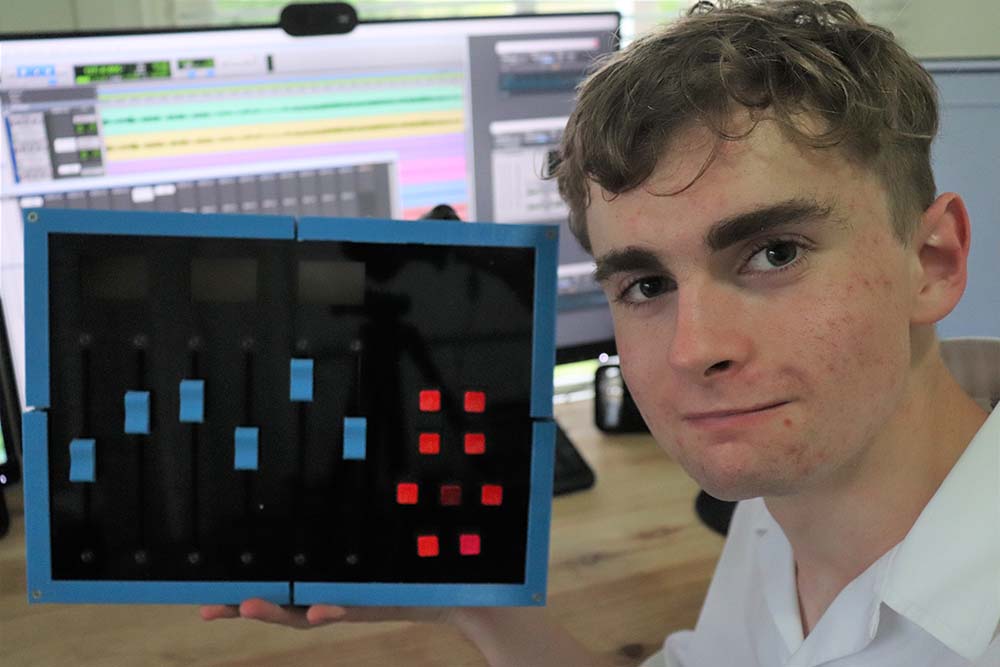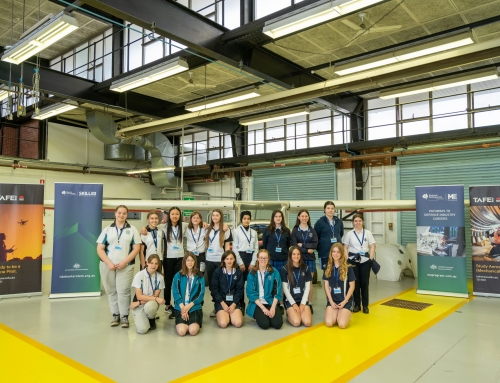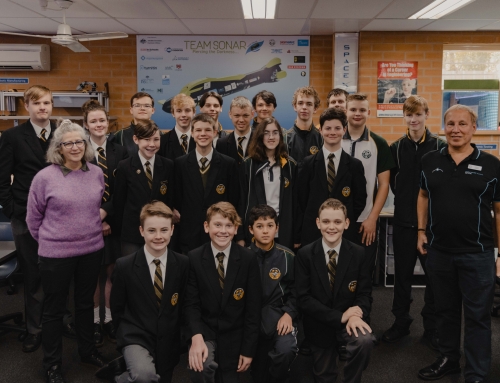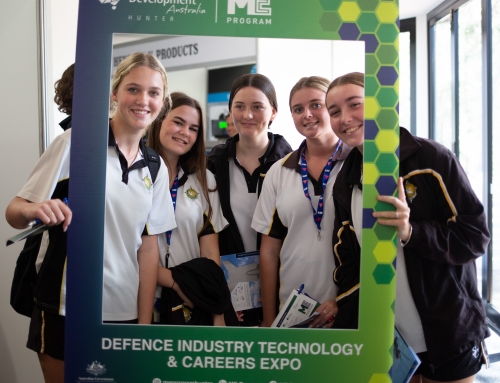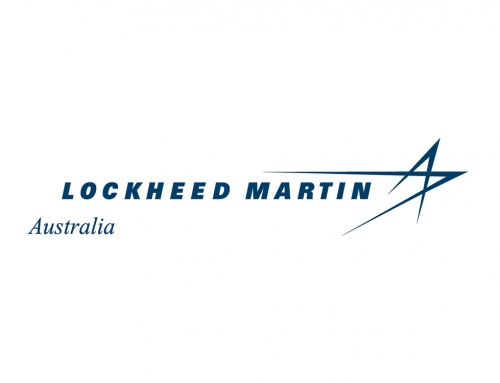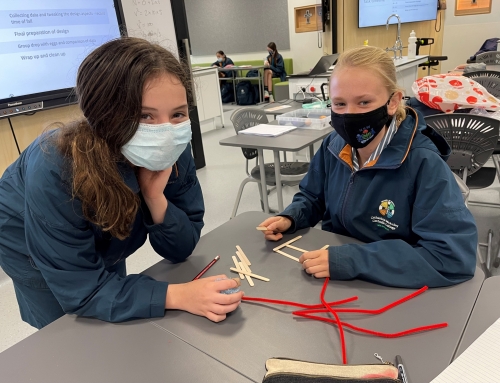2021 STEM Defence + Innovation winner Daniel Bell’s advice to students considering the program is to “Bring your best ideas, no matter how crazy they may be, and watch as they become something genuinely useful that you can market and people will buy.” STEM Defence + Innovation is an activity of RDA Hunter’s Department of Defence funded ME Program. It was developed to advance innovation in the Hunter by giving students skills to transition their prototypes to market and is delivered in partnership with The Business Centre Newcastle. Read the full Q&A interview with Daniel below:
1. How did you find out about the STEM D+I Program?
I have been involved with engineering competitions through school for a few years, and my engineering teacher thought STEM D+I would be another I might be interested in.
2. What did you find the most interesting?
I found being able to develop and build my own idea, dealing with the problems that came up and finding a way for my system to work was quite interesting.
3. What led to your innovation?
I had been trying to mix music on my computer, but found the software difficult to effectively use. The main controls kept getting lost under other menus and it wasn’t always easy to change levels of instruments by just a small amount at a time, because using a mouse isn’t precise enough. Mixing in live settings is done with a mixing console that has physical faders, and I wanted to emulate that for software programs. A little bit of research told me this style of controller could work quite well in applications other than sound production, such as stage lighting or video editing, and that a single system could be built that natively supports all of these applications out-of-the-box.
4. How did your prototype develop throughout the program?
I had initially planned to just make a simple set of faders to control software, however I was also aiming to add more functionality like faders that can move responsively based on changes in the software, and displays to show information like the volume each fader is set to. However, I wasn’t able to make that happen properly because of issues with getting data from software onto the controller. I do still plan to add this functionality in the future, but I wasn’t able to get it working in time for the pitch.
5. Tell us more about your first customer and where you see your product in the future?
My first customer for this controller is a local church who are looking for a lighting controller without spending thousands of dollars that some controllers cost. The unit I am building for them has 12 faders instead of the 6 on the initial prototype and will act as a controller for lighting software. This controller could work quite well for other churches or community halls who are in a similar situation, but it could also be used by video editors or in other creative industries. And, of course, in sound production. It could be particularly helpful for educators these creative industries – students should learn how to use equipment like a sound console, but purchasing a large number mixing consoles for many students to use would get expensive quickly. My controller would be able to work well here – it can provide students with the experience of using a physical sound console without the expense of one.
6. What would you say to students considering taking part in STEM D+I next year?
Bring your best ideas, no matter how crazy they may be, and watch as they become something genuinely useful that you can market and people will buy.
Congratulations to Daniel and our 2021 students, we were so impressed with your ability to adjust to online delivery, your creative design thinking and excellent presentation skills. We’re excited for what your future will bring!

